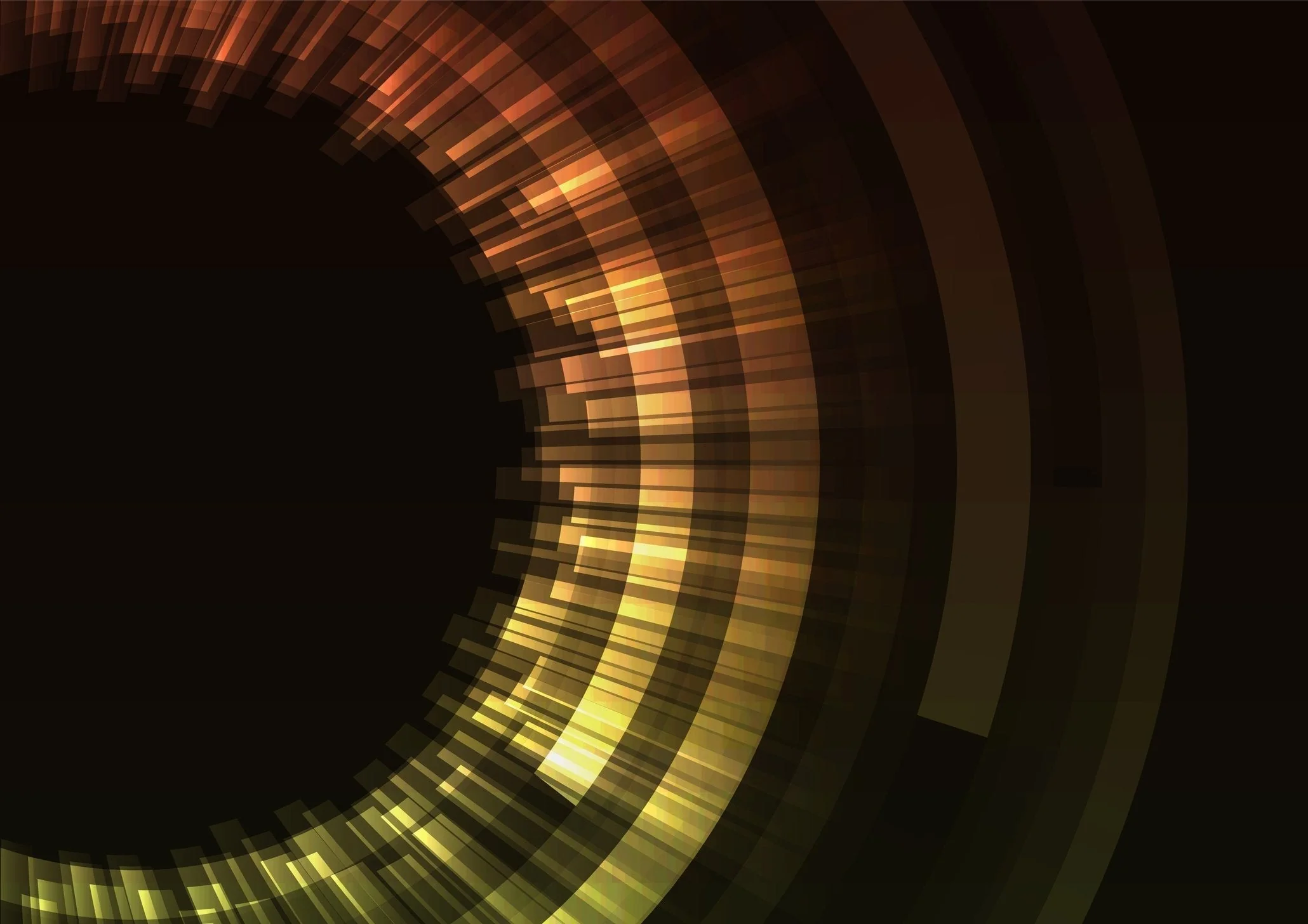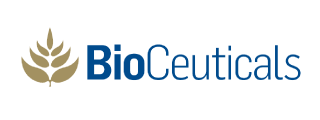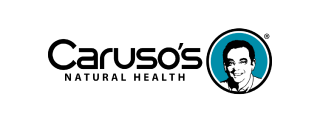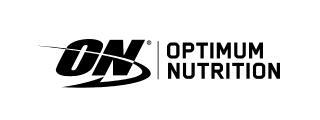
- Health advice
- Feb 07, 2018
The question should really be “ are we getting enough of the right type of Vitamin L?” The answer is likely to be “no” for the majority of us. Light that is.
Light
There is natural light and artificial man made sources of light. There are around 1500 wavelengths in natural sunlight. The word “light” usually refers to visible light, which is only part of the electromagnetic spectrum and is in between the longer wavelength infrared and shorter wavelength ultraviolet parts of the spectrum. Think of a rainbow – red, orange, yellow, green, blue, indigo, violet. If we go either side of the visible part of the electromagnetic spectrum we get the invisible ultraviolet (UV) and infrared (IR) wavelengths. This all sounds like kindergarten but can the different parts of the visible light spectrum have different effects on our health?
Natural light from the sun is essential for all life forms on this planet.
Light therapy has been used successfully for years to treat various mood disorders and attention deficit and hyperactivity disorder (ADHD). Light it is what makes us able to see things via our eyes, which are essentially mega sophisticated light receptacles and processors that are hard wired into our brain. Both UV and IR can have both beneficial and detrimental effects on our health. For example, UV radiation is the most important source of vitamin D for us and has been used to treat skin conditions such as acne. However excessive UV is well known as a cause of lethal skin cancer. IR radiation has been shown to be useful in reducing certain types of chronic pain but can also damage the eyes.
Both ends of the visible light spectrum have been used to treat a range of conditions.
Red light has been successfully used to help treat a number of conditions including:
- Macular degeneration
- Fibromyalgia
- Arthritis
Blue light has been successfully used to help treat the following conditions:
- Acne
- Infections from antibiotic resistant bacteria such as MRSA
However, excessive exposure to different parts of the visible electromagnetic spectrum can adversely affect out health.
Excessive Exposure
The most prevalent example of this in modern society is excessive exposure to man made sources of the blue part of the visible light spectrum (i.e. blue light) via computers, smart phones, TV, fluorescent lights and energy efficient light bulbs. Until relatively recently, our evenings were spent in the dark without artificial sources of light which did not exist then. Just as nature intended. Computers, smart phones and TVs are brand new phenomenon on man’s evolutionary timeline. Similarly, until relatively recently in man’s evolution, our daytimes were spent outdoors in the natural sunlight. Today, many of us spend our entire working week indoors in artificial lighting of some type. Even exercise has become an indoor thing – gyms also contain artificial light. Now I’m not at all suggesting that we should awaken our inner Luddite and destroy our phones and computers and cut our electricity off. I’m just attempting to point out the fact that our physiology has not evolved to cope with these very recent technologies that are capable of adversely impacting our health. Exposure to natural blue light wavelengths are beneficial during daylight hours because they promote:
- Wakefulness, attention and alertness
- Reaction times
- Positive mood
However exposure to these blue light wavelengths seem to be the most disruptive after sundown because our brain naturally associates blue light with daytime and action.
Blue Light
Excessive exposure to blue light disrupts our internal biological clock also known as our circadian rhythm. This occurs due to nighttime suppression of melatonin, which leads to poor sleep as well as fatigue and low mood during the day and may be linked to the development of:
- Obesity
- Diabetes
- Heart disease
- Other serious conditions.
The development of blue light filtering technology for computers, smart phones and tablet devices shows universal acceptance of this disruptive effects of excessive blue light exposure. Blue blocking glasses can also be used to minimize disruption to circadian rhythm.
Red Light
The use of dim red night-lights at night can also reduce circadian rhythm disruption. Red light wavelengths dominate from sunrise through to around 2 hours into the morning so most of us miss out on exposure to the visible red spectrum as we are either asleep or on our way to work. Our physiology has not evolved much over the last 500 years yet industry and technology has evolved greatly and has created the largely artificial environment that we now live in. We are exposed to huge numbers of chemicals in our food and environment that human physiology has not yet evolved to deal with which is the cause of modern chronic diseases, most of which were unheard of 500 years ago. An integral part of this artificial environment we live in is the artificial light we have created for ourselves. Could our lack of exposure to natural light, especially red light along with our excessive exposure to artificial blue spectrum light after sunset and during most of our working lives be contributing to the increases in the incidence the many chronic diseases that we are seeing today? Time will tell.
Peter Radi | Naturopath
Related Articles
Recently Viewed
- ${ variant.price | currencyFromCents } | ${ variant.title } ${ variant.price | currency } | ${ variant.title }




















